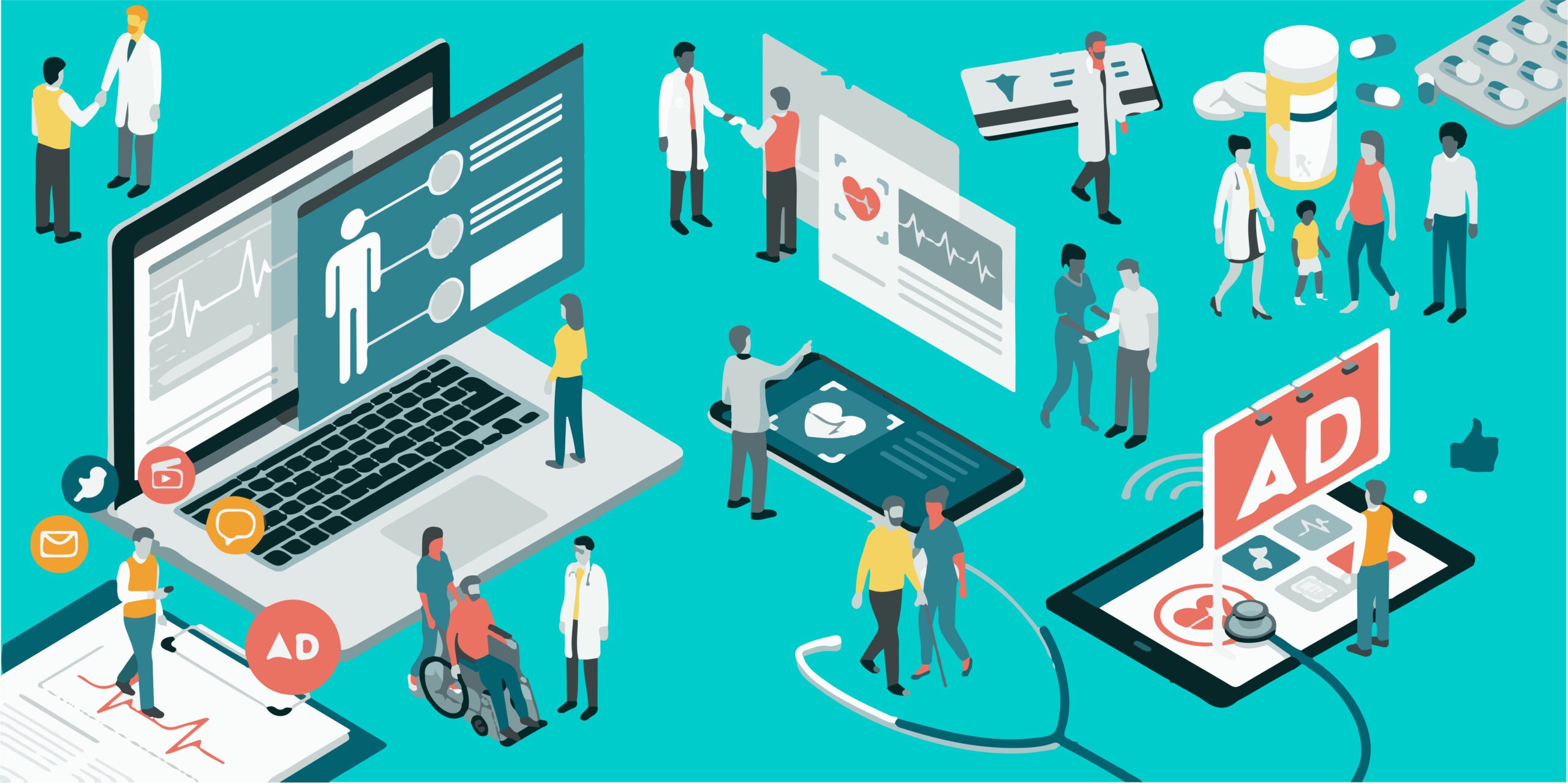How health plan leaders can maximize productivity without burnout.
Why Resilience Matters
Think about the last time your health plan faced a large change, planned or unplanned. This may have been a merger/acquisition, departure of a longtime CEO, or the reorganization of a department.
Other common changes include:
- Updating a company mission
- Introducing a new technology
- Employee training and development of a new skills
- New hires
- New roles or responsibilities
- New customer communication issues
- Losing a great employee
How quickly did your teams adjust to the change? What feelings came up for workers? Did they meet new challenges with enthusiasm or frustration?
Leadership promotes resilience by connecting people to purpose, accomplishment, and one another.
When this is achieved, companies have experienced:
- 10x more likely of a thriving culture
- 7.5x greater odds of employees easily adapting to change
- 88% reduction in employee experiencing burnout
What do resilient teams look like in action?
Resilient health plan teams implement changes rapidly with minimal resistance. Although there are learning curves with any updates, like time spent adjusting to a new software, resilient teams are invested in change and assured of its value.
Even if changes are difficult, resilient teams continue to show up to work energized, ready to enhance patient and provider loyalty and experiences.
Resilient teams experience organizational effectiveness where productivity skyrockets due to aligned motivations and empowered people.
Necessary claims rework is energetically tackled, thoughtful and trusting mentorship occurs, and all teams are ready and willing to help within matrixed organizations.
So how do you achieve a resilient workforce?
Six Elements of Resilience
Over a period of 6 months outline and score criteria in each of the 6 elements of resilience to track your progress toward achieving a resilient team.
1. Growth
Growth enables and encourages employees to invest in their learning. This can be learning related to their current position and role, or perhaps interests laterally related to their current role. It is as simple as asking what they need to grow and develop in their role.
For example, does your organization think beyond formal training by considering starting a book club where employees can discuss the latest trend in your industry. Or provide a mentor/mentee program to help create healthier, happier, and more productive workplaces.
The top-three “soft skills” your employees need include problem solving, emotional control and purpose. Executives consider these skills to foster employee retention, improve leadership and build meaningful culture. The good news is each of these skills can be learned by your employees.
Enrichment and empowerment for growth opportunities is essential to resilience.
2. Health
To face challenges enthusiastically, your team must be well-rested and healthy. Mental health and emotional wellbeing allow your employees to think through complex problems and communicate effectively with a higher tolerance for frustrations or adversity.
It’s important to teach employees how to manage their stress levels and effectively respond to pressure. For instance, some employees may need a 5 minute break if feeling stressed during a project. After the 5 minutes they can return to the work refreshed and more effective at tackling the problem.
For others, running or a hobby, even talking to loved ones during after work hours, may allow them to show up to work energized and refreshed.
As a leader, make sure you understand what makes your employees show up as their best selves. Check in with them about those activities.
Leading with empathy increases trust, creates positive work relationships, and increases collaboration.
Don’t know what activities help an employee feel refreshed when coming to work? Just ask! Odds are most people know this already about themselves and would be happy to share this information with you. They may even be excited to hear you care.
3. Purpose
It’s important to understand what motivates your employees. At a minimum, each team member should be driven by the company’s impact or mission statement. As a leader, make sure you understand all roles comprehensively. This may require you to shadow or actually do different jobs for a day.
When faced with adversity, remind your team about the ROI of their efforts to the company mission and to their personal incentives. Make sure during quarterly meetings you tie individual and team KPIs back to your organization’s mission.
Remind your team how their work has meaning and in what ways it affects the customer.
4. Communication
Relationships matter.
In order to understand the motivations of your employees and help promote their wellbeing you must be able to communicate effectively.
More important than offering tips, advice or feedback, is the ability to deeply listen. Although you are not expected to be a counselor or therapist, you should be able to provide assistance and point employees to appropriate resources.
Everyone has a unique preferred communication style. Make sure you know the most effective methods to talk with each employee. (And if you don’t know someone’s preferred method- just ask!).
Schedule time to talk with each employee. Take this time to understand their unique motivations and goals. Support them in their efforts and provide motivation when they hit obstacles like having run a poor meeting or having difficulty getting buy-in for a new technology.
5. Change Management
Although we would love to read this article and by the end our team magically becomes the epitome of resilience, this is likely not the case.
Make sure you are meeting your employees where they are at. Don’t try to forcefully impose your views or positive mindset about changes. Make sure you accurately gauge the reception of the new updates and manage related emotions. A great way to empower teams is to create small wins and celebrate those successes.
Change takes time. Behaviors take about seven weeks to become habits. Over communicating by continually reminding employees of changes is needed throughout the first two months of change.
In addition, make yourself approachable. You should provide safe spaces to ask questions.
6. Collaboration
“Leaders think about collaboration too narrowly: as a value to cultivate but not a skill to teach”- Francesca Gino, Behavioral Scientist, Professor, Harvard Business School
To promote collaboration, write down the 6 collaboration tips below. Put them somewhere visible in your office. Read them at least once a day to remind yourself of collaboration goals.
- Teach People to Listen, not talk
- Train people to practice empathy
- Make people more comfortable with feedback
- Teach people to lead and follow
- Speak with clarity and avoid abstractions
- Train people to have win-win interactions
Other Helpful Resources
- Stress and Resilience Resources
- Burnout Prevention and Treatment
- National Suicide Prevention Lifeline 1-800-273-8255 available 24/7
- Creating a Team That No One Wants to Leave
- Find your Calm by creating a free account on http://calm.com

